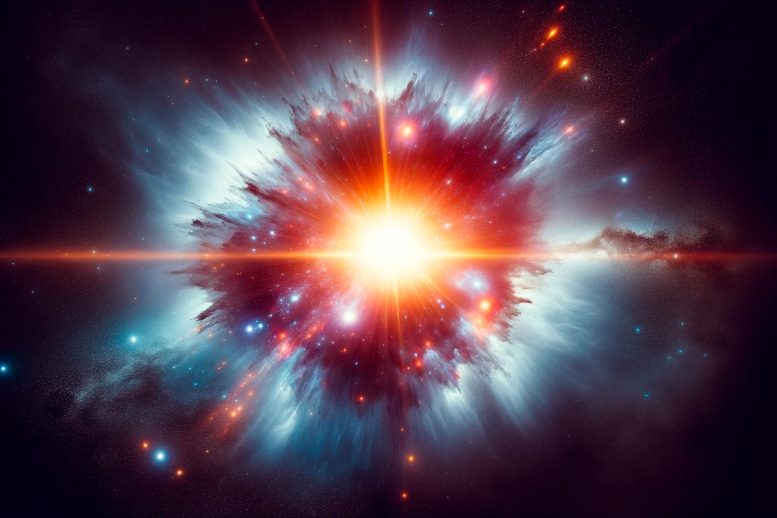
Observational evidence from a neutron star merger has revealed the production of rare heavy elements, including tellurium, advancing our understanding of the universe’s elemental origins. Credit: SciTechDaily.com
Breakthrough discovery puts astronomers one step closer to solving the mystery of the origin of elements that are heavier than iron.
An international team of astronomers — including Clemson University astrophysicist Dieter Hartmann — obtained observational evidence for the creation of rare heavy elements in the aftermath of a cataclysmic explosion triggered by the merger of two neutron stars.
The massive explosion unleashed a gamma-ray burst, GRB230307A, the second brightest in 50 years of observations and about 1,000 times brighter than a typical gamma-ray burst. GRB230307A was first detected by NASA’s Fermi Gamma-Ray Space Telescope on March 7, 2023.
Unveiling the Mysteries of the Cosmos
Using multiple space- and ground-based telescopes, including NASA’s James Webb Space Telescope, the largest and most powerful telescope ever launched into space, scientists were able to pinpoint the source of the gamma-ray burst in the sky and track how its brightness changed.
With the information gathered, the researchers determined the burst was the result of two neutron stars that merged in a galaxy 1 billion light-years from Earth to form a kilonova. The researchers observed evidence of tellurium, one of the rarest elements on Earth.
The breakthrough discovery puts astronomers one step closer to solving the mystery of the origin of elements that are heavier than iron.
“I’m a high energy astrophysicist. I like explosions. I like the gamma rays that come from them. But I’m also an astronomer who really cares about fundamental questions like how did heavy elements form,” Hartmann said.
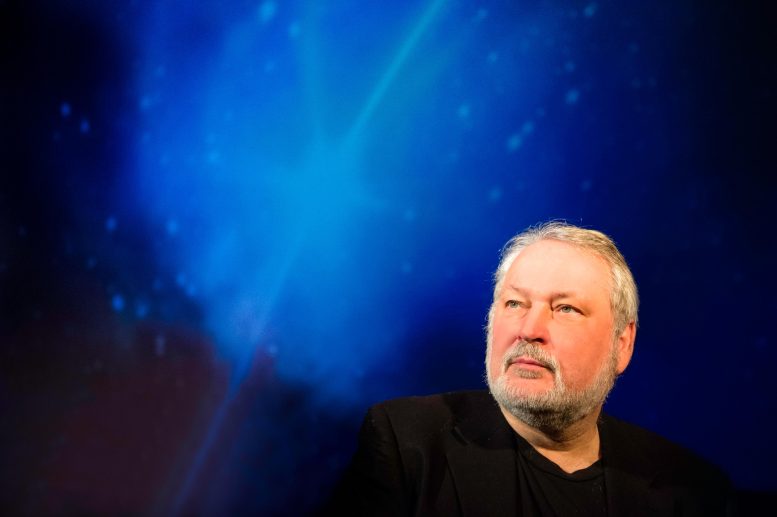
Dieter Hartmann, professor in the Clemson University Department of Physics and Astronomy. Credit: Clemson University
Gamma-Ray Bursts: Windows Into Stellar Processes
Gamma-ray bursts (GRBs) are bursts of gamma-ray light — the most energetic form of light — that last anywhere from seconds to minutes. The first GRBs were detected in the 1960s by satellites built to monitor nuclear testing.
GRBs have different causes.
Long duration GRBs are caused by supernovas, the point when a massive star reaches the end of its life and explodes into a burst of light. Short duration GRBs are caused by the merger of two neutron stars, known as a kilonova, or the merger of a neutron star and a black hole.
Although GRB230307A lasted for 200 seconds, scientists saw the afterglow color change from blue to red, a signature of kilonova.
“The burst itself actually indicated a long duration event, and it should have been a normal supernova-type situation. But it had unusual features. It didn’t quite fit the patterns of long bursts,” Hartmann said. “It turns out that this radioactive cloud, that kilonova afterglow, which had all these nuclear synthetic fingerprints in it, is the signature of a binary merger. The excitement comes from using the Webb to identify a chemical fingerprint that we had expected for short bursts and seeing it inside a long burst.”
The Role of Neutron Star Mergers in Element Formation
Hartmann said the Big Bang produced hydrogen and helium. All other elements were made by stars and processes in the interstellar medium.
“Some of them are massive enough to explode and they return that material to their gaseous environments which later make new stars. So, there’s a cycle in the universe that makes us more enriched in carbon, nitrogen, oxygen, all the things we need,” he said. “We call stars the cauldrons of the universe.”
Thermonuclear reactions, or fusion, make stars shine. That leads successively to the production of more heavy elements, Hartmann said. But when it gets to iron, there isn’t much energy left to squeeze out, he said.
So, where do all the heavy elements such as gold and uranium come from?
“The heavy elements have special origins. There are two processes that dominate. One is called rapid; the other is called slow. We believe the r-process happens in those neutron star mergers,” Hartmann said.
Confirming Theories With Observational Evidence
Theoretical modeling suggested kilonovas should produce tellurium, but the detection of a spectral line by the James Webb Space Telescope provided experimental evidence. A spectral line is a dark or bright line within a continuous spectrum. It is produced by transitions within atoms or ions.
“We think it’s a pretty secure identification, but it’s not beyond a reasonable doubt like they would say in court,” Hartmann said.
Detailed findings from the research can be found in the paper titled “Heavy element production in a compact object merger observed by JWST” which appeared in the scientific journal Nature.
For more on this research, see:
- Life-Essential Elements Forged in Massive Space Explosion
- Webb’s First Glimpse Into Heavy Element Creation
- Exploring a Heavy-Metal Factory 900 Million Light Years Away
Reference: “Heavy-element production in a compact object merger observed by JWST” by Andrew J. Levan, Benjamin P. Gompertz, Om Sharan Salafia, Mattia Bulla, Eric Burns, Kenta Hotokezaka, Luca Izzo, Gavin P. Lamb, Daniele B. Malesani, Samantha R. Oates, Maria Edvige Ravasio, Alicia Rouco Escorial, Benjamin Schneider, Nikhil Sarin, Steve Schulze, Nial R. Tanvir, Kendall Ackley, Gemma Anderson, Gabriel B. Brammer, Lise Christensen, Vikram S. Dhillon, Phil A. Evans, Michael Fausnaugh, Wen-fai Fong, Andrew S. Fruchter, Chris Fryer, Johan P. U. Fynbo, Nicola Gaspari, Kasper E. Heintz, Jens Hjorth, Jamie A. Kennea, Mark R. Kennedy, Tanmoy Laskar, Giorgos Leloudas, Ilya Mandel, Antonio Martin-Carrillo, Brian D. Metzger, Matt Nicholl, Anya Nugent, Jesse T. Palmerio, Giovanna Pugliese, Jillian Rastinejad, Lauren Rhodes, Andrea Rossi, Andrea Saccardi, Stephen J. Smartt, Heloise F. Stevance, Aaron Tohuvavohu, Alexander van der Horst, Susanna D. Vergani, Darach Watson, Thomas Barclay, Kornpob Bhirombhakdi, Elmé Breedt, Alice A. Breeveld, Alexander J. Brown, Sergio Campana, Ashley A. Chrimes, Paolo D’Avanzo, Valerio D’Elia, Massimiliano De Pasquale, Martin J. Dyer, Duncan K. Galloway, James A. Garbutt, Matthew J. Green, Dieter H. Hartmann, Páll Jakobsson, Paul Kerry, Chryssa Kouveliotou, Danial Langeroodi, Emeric Le Floc’h, James K. Leung, Stuart P. Littlefair, James Munday, Paul O’Brien, Steven G. Parsons, Ingrid Pelisoli, David I. Sahman, Ruben Salvaterra, Boris Sbarufatti, Danny Steeghs, Gianpiero Tagliaferri, Christina C. Thöne, Antonio de Ugarte Postigo and David Alexander Kann, 25 October 2023, Nature.
DOI: 10.1038/s41586-023-06759-1
In addition to Hartmann, researchers from several universities in the United States as well as scientists from the Netherlands, the United Kingdom, Italy, Japan, Denmark, Spain, Sweden, Australia, Ireland, France, New Zealand, Canada, Israel, Iceland, Czech Republic and Germany were involved.


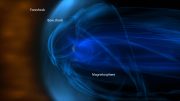


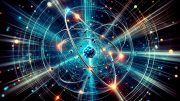


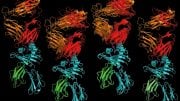
Why the title uses the word “Alchemy” to label this event? What was the analogy seen here?
It’s a good question, and any misleading headline metaphors annoy me too. Alchemy was the pre-science discipline attempting to transmute chemicals or elements into other elements, particularly gold. The headline mentioning the stars makes it not misleading. This event of colliding neutron stars seems to synthesize heavy elements more rare than even gold. The “alchemy” is a metaphor for converting simpler elements into more complex ones like gold, only it really works inside stars, where all the alchemists ever could have gotten was elements like lead from radioactive decay.